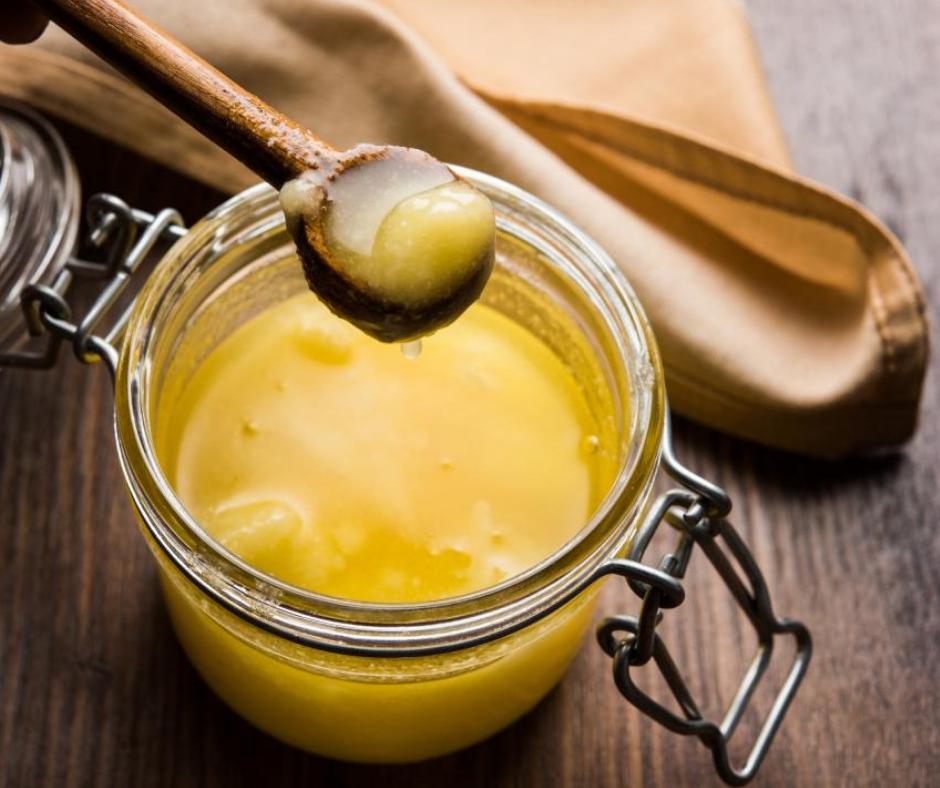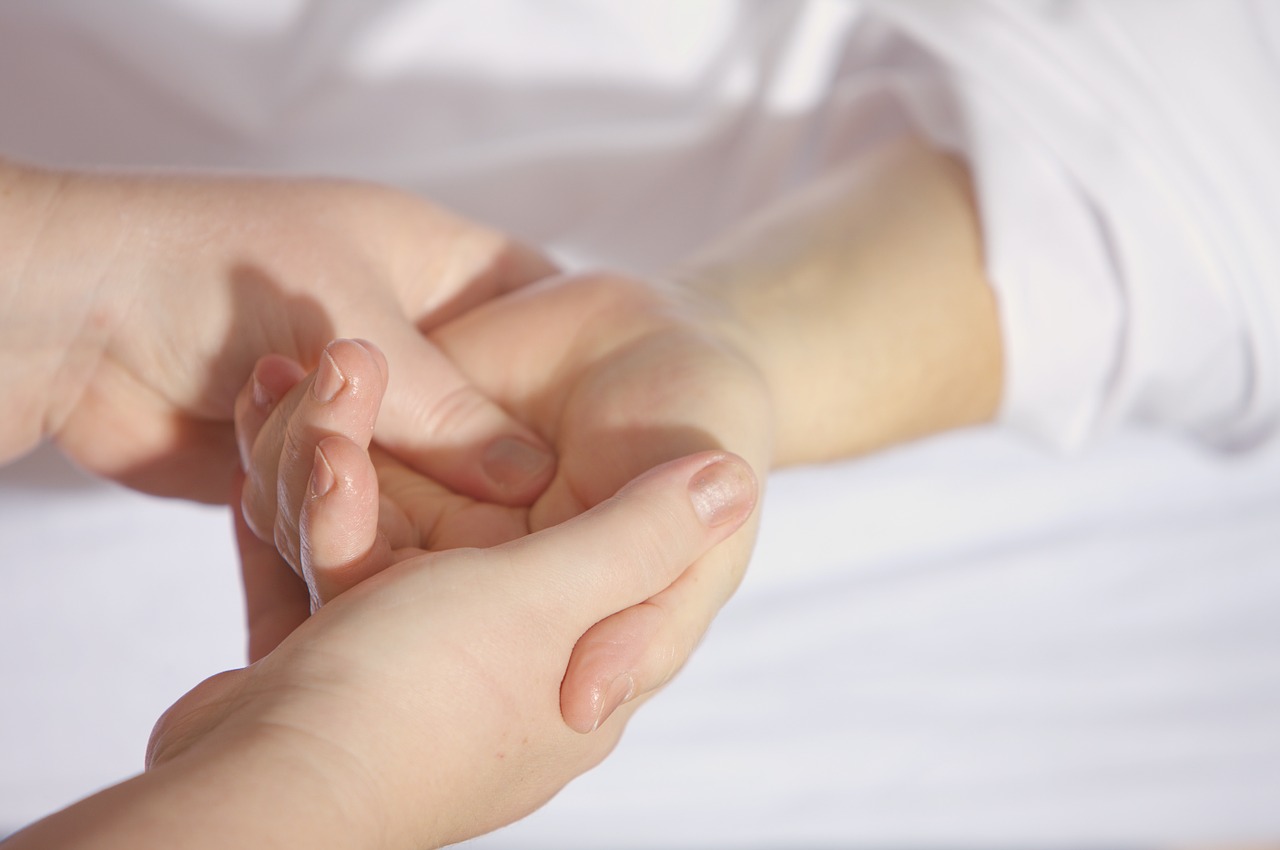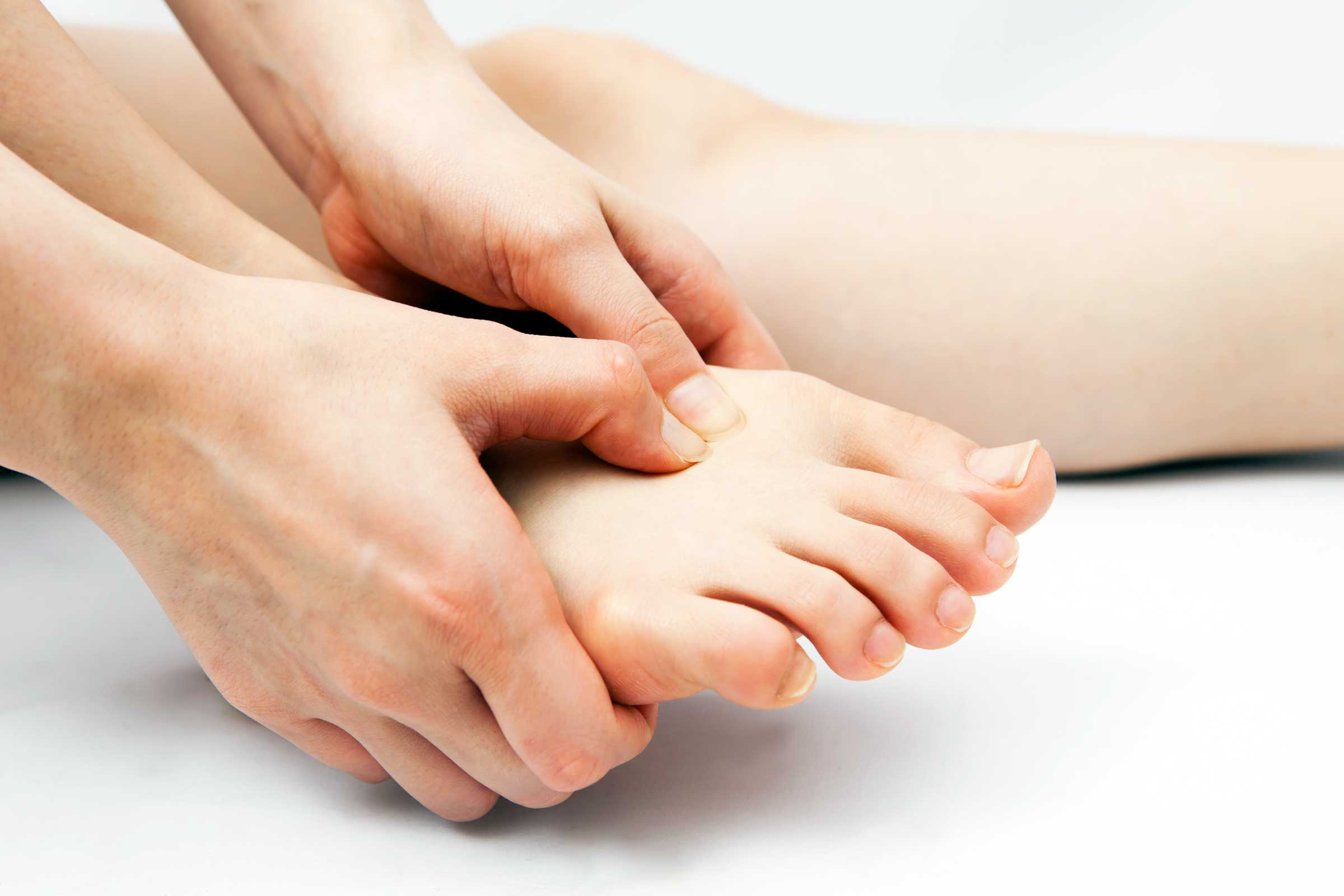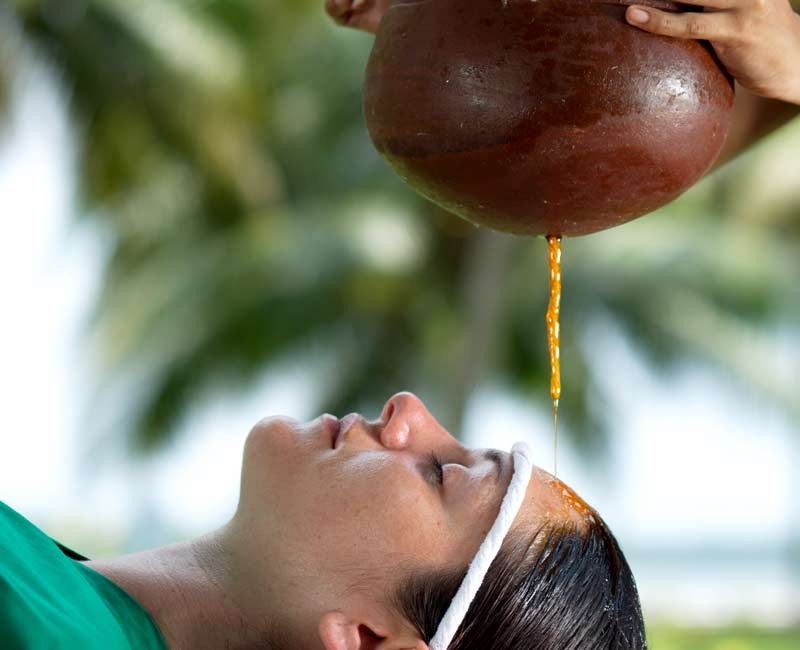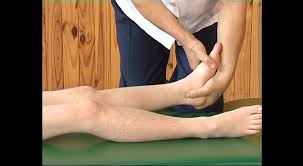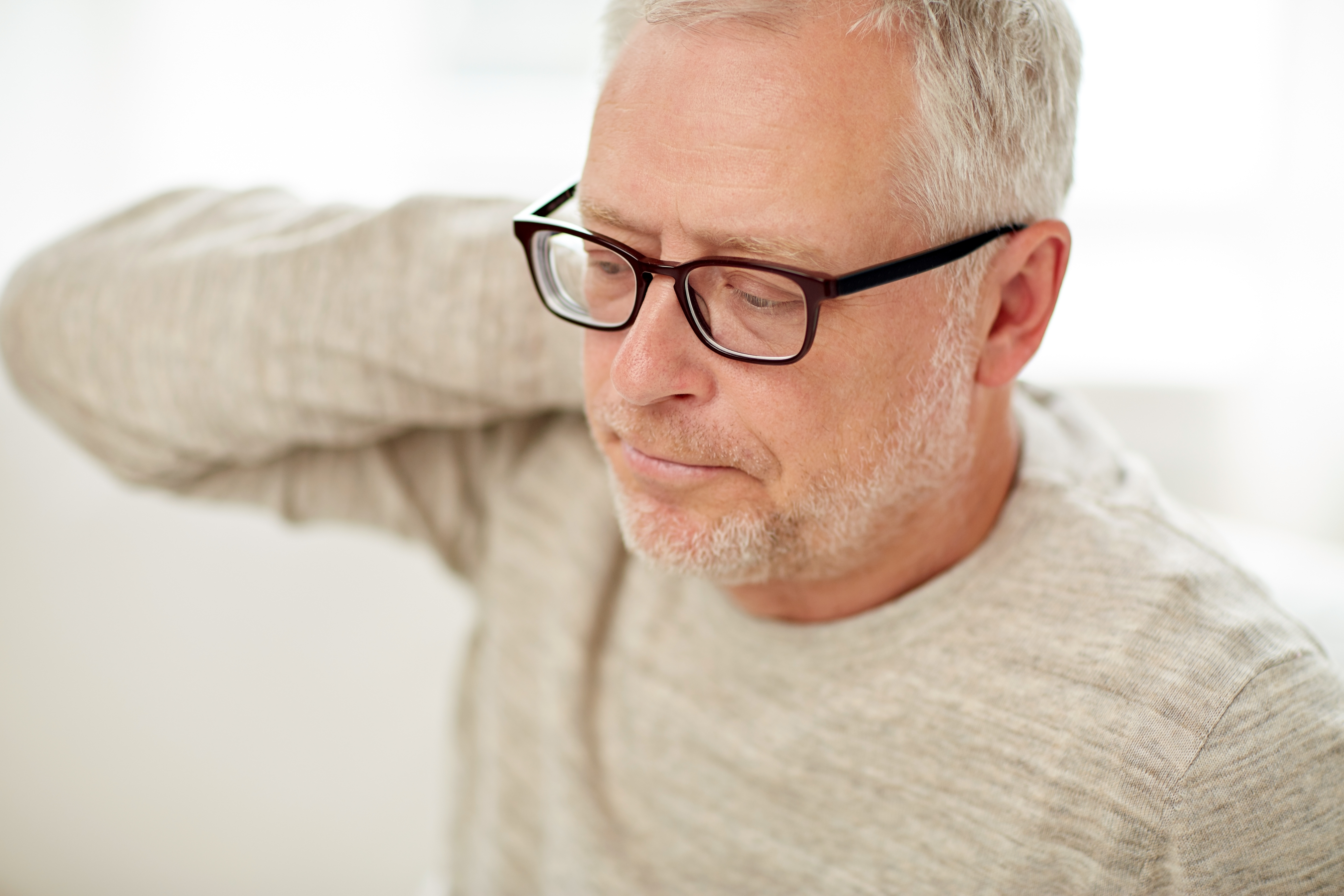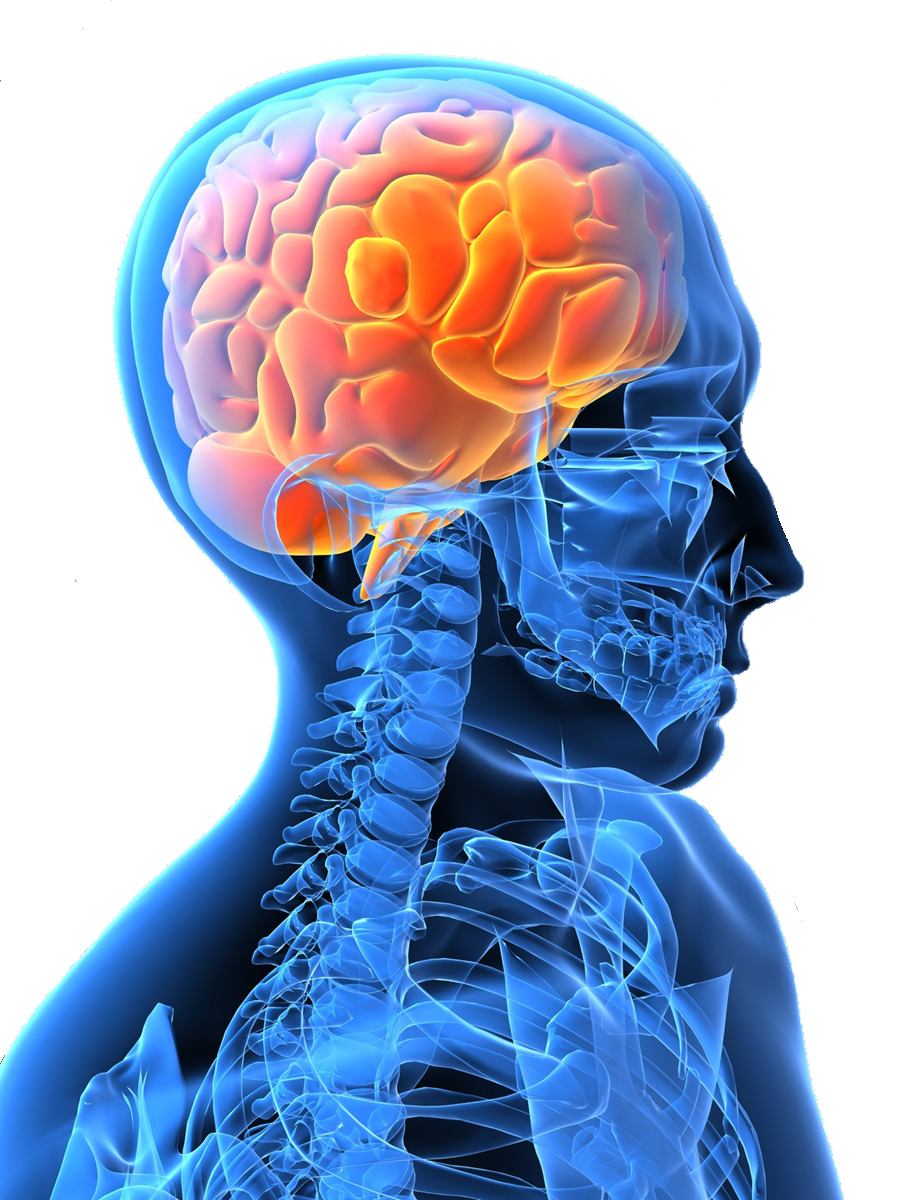Osteoarthritis or Sandhigata Vata roga is a degenerative condition of joints. This means that the condition commonly results as people age because the cushioning agent between bones in the joints undergoes wear and tear. This leads to severe pain and restricted movement. Although I commonly see patients older than about 40 visiting my Ayurveda Clinic in Chennai for this condition, I have also worked with juvenile patients. Osteoarthritis is a condition that has attracted a lot of attention both in allopathy and in Ayurveda, primarily because of the challenges involved in its management.
What are the options available for the Ayurvedic treatment for osteoarthritis pain? Let’s find out.
What is osteoarthritis all about?
When the cushioning agent of the joints loses its elasticity over a long period of hard work, the bones start scraping each other painfully. This causes joint stiffness and all the other symptoms characteristic of this condition. Although there are no clear answers, Ayurveda connects this condition to Vata roga. Vata primarily has a drying tendency and hence causes the cushioning agent to degenerate and dry up. Ageing and stress or injury to the joints are the common causes for this roga.
Symptoms of Osteoarthritis
The common symptoms of osteoarthritis include joint stiffness, tenderness and pain, swelling, inflammation, and restricted movement. All these symptoms are observed to varying degrees, from manageable to completely debilitating. These symptoms can generally affect any joint in the body, especially those that bear weight, such as neck, knees, lower back, and hips. Severe limitations in leading a normal life also lead to emotional upheavals.
Treatment of Osteoarthritis
Allopathic medications focus on limiting pain and inflammation, with surgery as the final option. However, these approaches have limitations in terms of arresting the condition, undesirable side effects, and possible risks. Ayurveda, however, focuses on correcting the cause, that is, the vata roga. Hence, Ayurveda treatment approaches are much more effective in limiting the progress of the deterioration and in enabling the rejuvenation of the cushioning agents. Medications, exercise, Panchakarma, diet, and lifestyle changes are all part of the Ayurveda treatment approach. However, an expert Ayurveda doctor will first do an in-depth review to determine the cause and then prescribe the specific treatment module. Each treatment procedure will aim at rejuvenating the cushioning agent and strengthening the affected joints.
Diet
Avoid spicy and oily food, especially deep fried items. Consume food when they are freshly cooked and hot. Add a lot of proteins in your diet. Include ginger and pepper in your cooking. Avoid poor food habits as they lead to exacerbation of the vata roga. Ensure that your body is properly hydrated. However, avoid carbonated drinks. The key is to consume easily digestible foods.
Herbal medications
The pain caused by this condition is treated by specially prepared herbal formulations, whose ingredients are known for their anti-inflammatory effects. Common herbs include ginger, turmeric, triphala, and shatavari.
Massages
Follow Doctor-prescribed schedules for massages wit h warm oils, most commonly sesame oil. The massage is often done during the mornings. Abhyangams stimulate circulation of the blood in the body, removing toxins and reducing all sources of inflammation. Local and external application of medicated herbal oils is also recommended along with heat fomentations. This immediately soothes the pain and reduces the inflammation. But avoid excessive massaging of the affected areas since it might be contra-indicatory.
Panchakarma treatment
I highly recommend detoxification to help the joints heal effectively. However, given the physical strain involved in undergoing this entire procedure, do not choose this option unless your Ayurveda doctor feels that you are ready to take up this procedure.
Lifestyle changes
Practice correct postures and moderate exercises. Avoid strenuous workouts and tasks that worsen the joint wear and tear. Similarly, avoid a completely sedentary lifestyle that can stiffen the joints. Brisk walking and yoga are great options. Watch your weight as obesity can add a lot of strain on the joints. Practice meditation to calm your mind and bring a body-mind balance to your life and release your stress.
Management and control of osteoarthritis requires focused and sincere efforts to bring the desired results. But it also requires sticking to a healthy lifestyle and avoiding excessive stress. With the right Ayurveda guidance you can easily move from a restricted to a completely energetic way of living.
Contact me at The Madras Institute of Ayurveda for any questions you have about specific health conditions. You can connect with me at http://www.miayurveda.org/ or call me at +91-9444615161.

